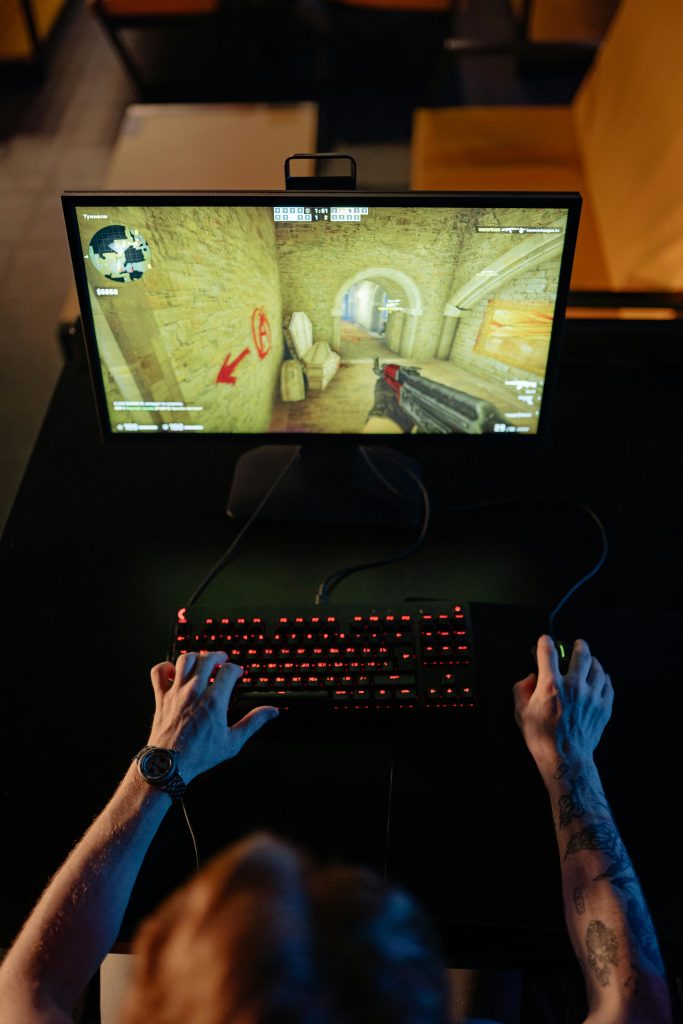A Glimpse into Tech History: Dismantling a Vintage PC
Recently, I had the unique opportunity to rescue a vintage computer from my school’s waste pile. With plans to dispose of it, I thought it would be the perfect chance to dive into a bit of tech archaeology.
I carefully dismantled the PC, capturing its condition along the way. The first image showcases the computer in its entirety, while the second offers a closer look at some of its internal components. The final picture gives you an overview of everything I managed to salvage, excluding the power supply.
Interestingly, this relic of technology dates back to 1999. It’s quite a challenge to find information regarding its original brand, which shows just how far we’ve come in the tech world.
As I explored this old machine, I encountered various cables and components. If you happen to recognize any of them, I’d love your insights—feedback from fellow tech enthusiasts is always welcome!
I’d like to extend my gratitude to my incredibly supportive sports teacher, who allowed me to take this computer home before it faced a grim fate in the garbage. It’s always refreshing to see educators encouraging curiosity and learning through hands-on experiences.
Stay tuned for more updates as I continue to explore the inner workings of this fascinating piece of technology!
Share this content:




Hi there, thank you for sharing your fascinating project! Dismantling vintage computers is a great way to learn about hardware evolution and internal components. If you’re looking to identify specific parts or understand their functions, consider referring to resources like vintage hardware guides or online forums dedicated to retro computing. Also, when handling old electronics, always exercise caution—capacitors can retain charge even after power removal.
Since the device dates back to 1999, some common components you might encounter include IDE hard drives, CRT monitors, and early-generation motherboards with AGP slots. If you need help identifying any specific parts or troubleshooting, feel free to share detailed photos or descriptions. Remember to handle all components carefully and consider cleaning contacts with appropriate electronic cleaning solutions to ensure safe handling in future projects.
It’s inspiring to see such curiosity and respect for tech history. Keep exploring and documenting your findings—this hands-on experience is invaluable for developing technical skills!